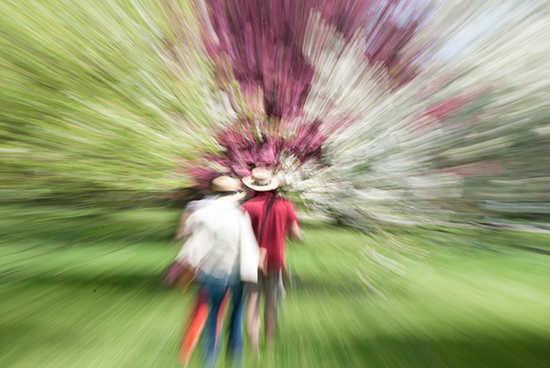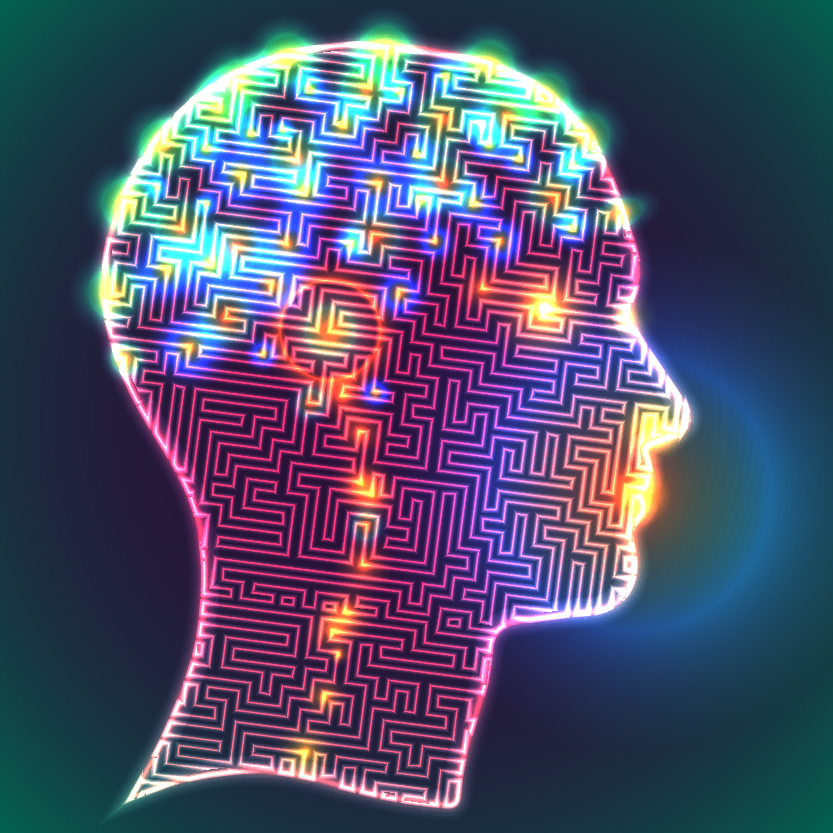People are often referred to my office for treatment with a medical diagnostic code of “dizziness and giddiness.” This is an old term used when we didn’t understand the vestibular system, but it has remained in the medical coding system. I find this diagnosis interesting because giddiness makes me think of someone laughing and happy, but most of my patients with vertigo are not either of those things! They are struggling with dizziness throughout their day and are often frustrated and fearful.
People with vertigo describe many symptoms including dizziness, spinning, nausea, vomiting, migraines, loss of balance, difficulty walking, and mental fogginess. The balance center located in our inner ear, called the vestibular system, is essential to our body’s ability to function every day. Although it is small—the size of a peanut M&M’s®—when it doesn’t work properly, it becomes a big problem. It can keep you from walking safely and thinking properly and can cause you to feel disoriented and sick.

The vestibular system’s job is to coordinate our brain and vision with our postural system. This sounds simple, but anyone who’s had a vestibular event knows that, when this system is disrupted, it makes it very difficult to see clearly or move your head quickly. It can cause disorientation so intense that it can knock you over when trying to get out of bed. Fortunately, the specialty of physical therapy known as vestibular rehabilitation can be effective in restoring balance to this tiny but powerful system. Most people referred to my office say they’ve never heard of vestibular rehabilitation, but two out of three people have had some kind of vestibular dysfunction and are aware that therapies can be helpful. According to the National Institutes of Health, about 15% of American adults, or 33 million people, had balance or dizziness problems in the past year. Often patients aren’t clearly diagnosed, so it is part of my role to look for the signs and symptoms of a vestibular problem. Due to the widespread effect that the vestibular system has on proper functioning and coordination, determining a proper diagnosis can be challenging.
The most common vestibular disorder—which accounts for a third of vertigo presentations to dizzy clinics and emergency rooms—is BPPV or Benign Paroxysmal Positional Vertigo. It is more common in adults but also presents in the younger population due to its relationship to migraine and concussion. BPPV affects the inner ear, causing spinning spells that typically last one minute or less and are provoked by a change in body or head positions like looking up to a top shelf or getting out of bed. In the inner ear, there are three structures called Semicircular Canals that sense rotational head movements. Calcium carbonate crystals sometimes get loose, and, when they find their way into these canals, they trigger a spinning sensation associated with nausea, vomiting, imbalance, and discomfort. This condition can be treated with maneuvers designed to put the crystals back into their proper location, such as the Epley maneuver. For more detailed information on BPPV, visit Http:// bit.ly/WWSPTFeb2016.

Vestibular migraine is the second most common cause of dizziness. Patients with migraine can have associated vertigo occurring with a migraine headache, afterward, or even without a headache at all. About 12% of the population suffers from migraines, with a higher prevalence in women than men. About 10% of children experience migraines, but it is most common between the ages of 25 and 55. Vestibular migraine is often preceded by visual symptoms of aura, or warning, including neurological symptoms like sensitivity to light and sound, as well as nausea and imbalance. Management of vestibular migraine includes being aware of what may trigger your migraine, drinking lots of fluids, and exercising regularly. BPPV can trigger a vestibular migraine but is also a common sequela of a migraine attack. Learn more about vestibular migraine at http://bit.ly/WWSPTOct2018.
Ménière’s disease is a well-known disorder that can cause spells of disabling vertigo and is commonly associated with hearing loss. It is thought to be a fluid imbalance problem in the inner ear, causing vertigo symptoms lasting a full day that become more disabling with each attack. The mechanism of Ménière’s is not clear, but the attack can occur frequently without a specific trigger, making it more difficult to manage.
Vestibular neuronitis, also called labyrinthitis, is an acute disorder of the inner ear caused by a virus attacking the inner ear and reducing input to your brain, which causes severe and sudden onset of dizziness and imbalance. Some patients also have associated hearing loss. Often these patients cannot get out of bed for 1 to 2 days and have symptoms of nausea, vomiting, and imbalance. In this disorder, there is damage to the vestibular nerve, so recovery can take between 3 and 12 weeks depending on the severity. The research shows that starting vestibular rehabilitation as early as possible facilitates a faster recovery.
The impact of vestibular disorders on a person’s lifestyle is considerable. They cause a significant interruption of daily activities and an increased need for medical leave from work. Most vestibular patients see 3 to 4 physicians before being properly diagnosed, affecting patients fiscally as well. Vestibular disorders are shown to impact mood, causing increased depression and anxiety. They affect cognitive status because patients are working harder to function which leads to difficulties in spatial memory and attention or “brain fog.”
The team of professionals at WWSPT is committed to the proper evaluation and diagnosis of patients with vestibular dysfunction. This helps us utilize the appropriate strategies and treatment to return you to a more active, healthy lifestyle. If you’re dizzy, please give us a call today so we can help you on the road to recovery.
Wendy Webb Schoenewald, PT, OCS
WWS Physical Therapy & Vestibular Rehabilitation
1456 Ferry Road, Suite 601
Doylestown, Pennsylvania
215.489.3234

